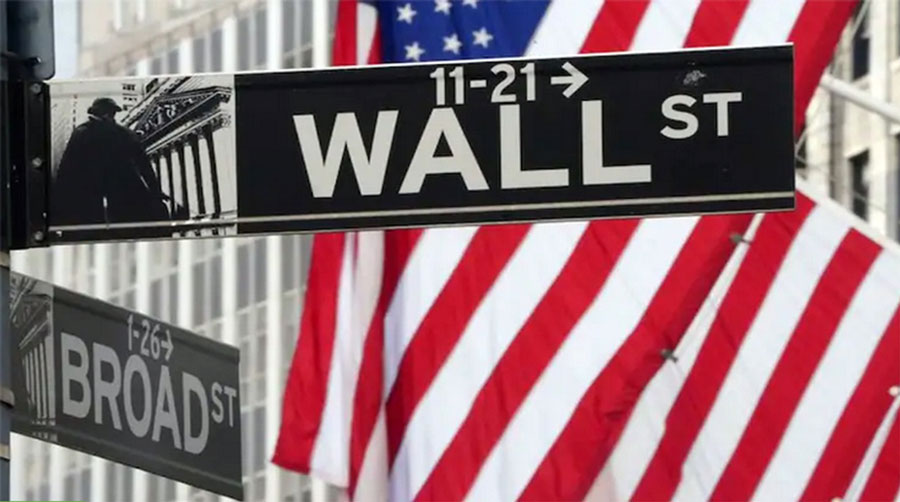 NEW YORK, July 3 (Reuters): The US stock market is reeling from its worst first half of any year since 1970, with investors girding for a series of potential flashpoints in July that may set Wall Street's course for the coming months.
NEW YORK, July 3 (Reuters): The US stock market is reeling from its worst first half of any year since 1970, with investors girding for a series of potential flashpoints in July that may set Wall Street's course for the coming months.
Second-quarter corporate earnings, hotly anticipated US inflation data and the Federal Reserve's monetary policy meeting are among potentially pivotal events after the S&P 500 fell 20.6 per cent in the initial six months of 2022.
For now, the mood on Wall Street is grim. Bonds, which investors count on to offset stock declines, have tumbled alongside equities, with the ICE BofA Treasury Index (.MERG0Q0) on pace for its worst year in the index's history. Some 90 per cent of respondents in a recent Deutsche Bank survey expected a US recession by the end of 2023.
The key factor behind the turmoil in markets is the Fed, which has been rapidly tightening monetary policy to fight the highest inflation in decades following almost two years of emergency measures that helped buoy stocks and stoke growth.
"We could really use just slightly less bad news in July," said Eric Kuby, chief investment officer at North Star Investment Management. "Hopefully, it could turn the back half of 2022 in a more favorable light."
History, however, "does not offer very encouraging news" for those hoping the bleak first half will be followed by a bounce in the latter part the year, wrote CFRA chief investment strategist Sam Stovall.
Of the 10 worst starts to the year for the S&P 500 since World War Two, the index has posted gains in the second six months of the year only half the time, rising an average of 2.3 per cent, Stovall said in a recent report.
On the data front, reports on employment and inflation will give investors a snapshot of the economy after 150 basis points of rate increases already delivered by the Fed.
A disappointing jobs report next Friday could exacerbate concerns of a potential recession. The following week brings data on US consumer prices, after a hotter-than-expected report last month triggered a selloff in stocks and prompted the Fed to deliver a hefty 75 basis point rate increase in June.
There has been recent evidence of waning growth. Data on Friday showed US manufacturing activity falling to a two-year low in June, following a report earlier in the week that showed that June consumer confidence at its lowest in 16 months. read more
"The key question is, what will roll over first: will it be inflation or growth?" said Angelo Kourkafas, an investment strategist at Edward Jones.
Second-quarter earnings start arriving in force the week of July 11, indicating whether companies can keep living up to estimates despite surging inflation and growth worries.
Analysts expect quarterly earnings to grow by 5.6 per cent from a year ago, revised down slightly from early April's estimate for 6.8 per cent growth, according to Refinitiv IBES.
If companies "can just match or maybe hurdle over lower expectations, I think that will be a positive tailwind for stock prices," said Anthony Saglimbene, global market strategist at Ameriprise.
Strategists at Goldman Sachs are less sanguine, warning that consensus margin forecasts suggest earnings estimates are "likely too optimistic" and margins for the median S&P 500 company will likely decline next year "whether or not the economy falls into recession."